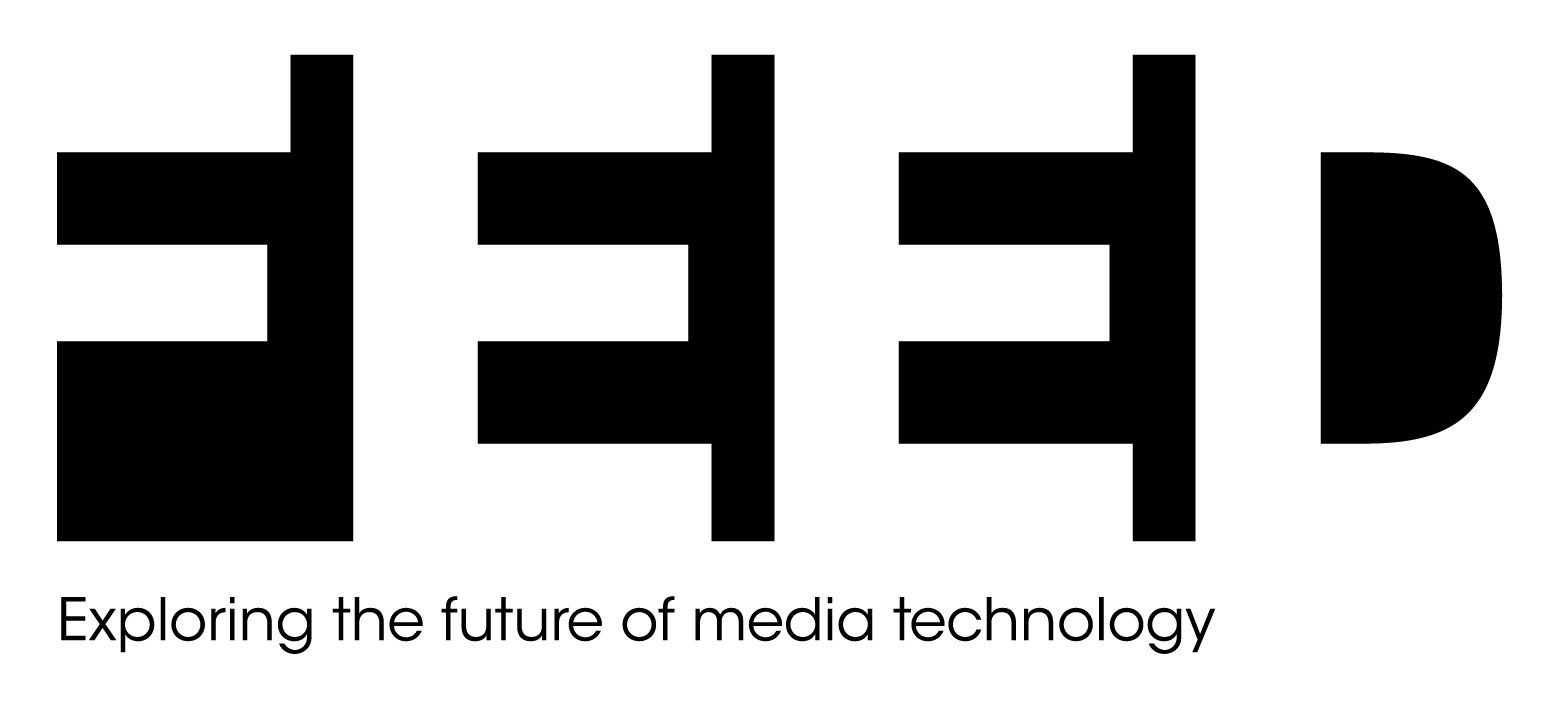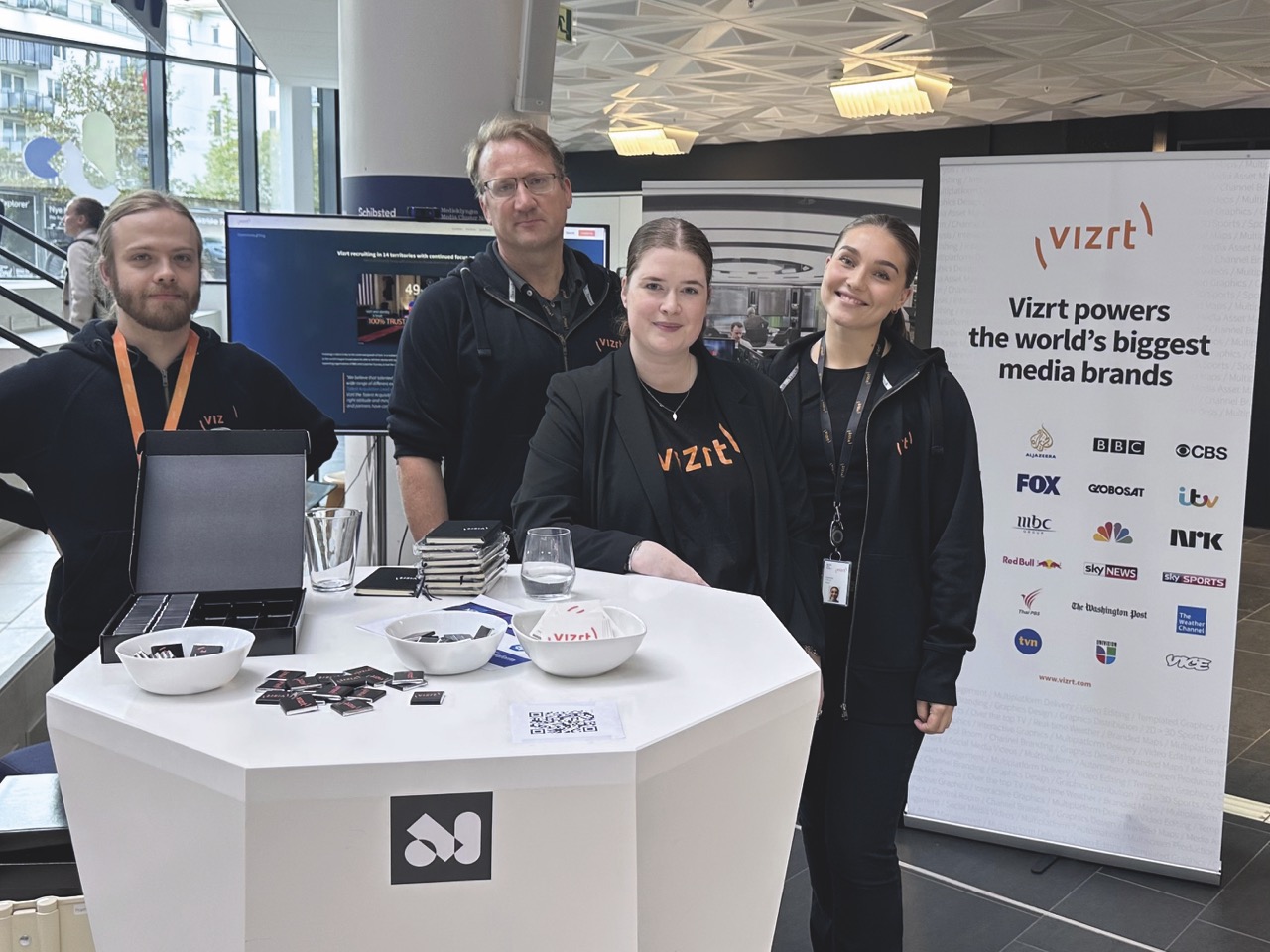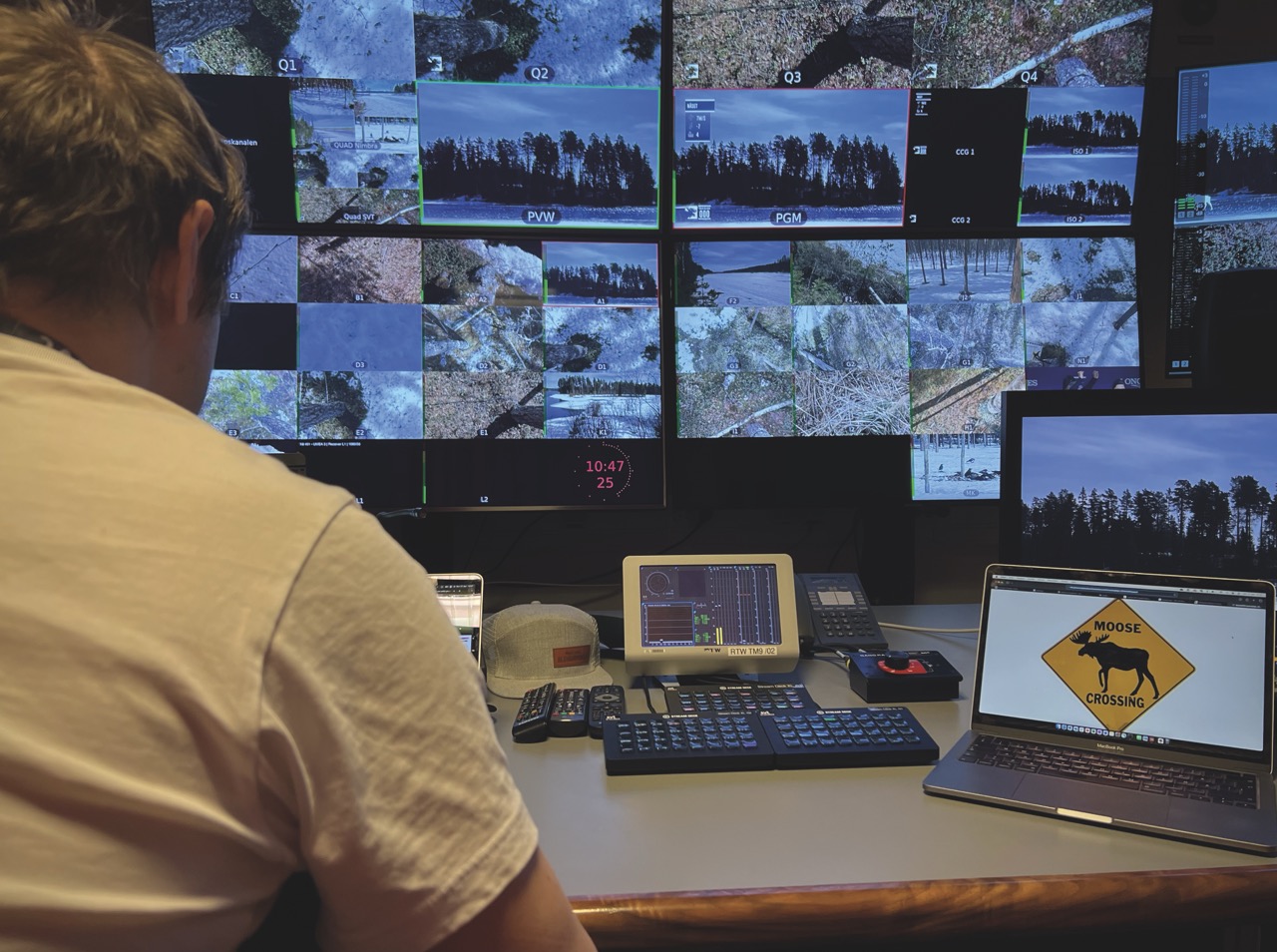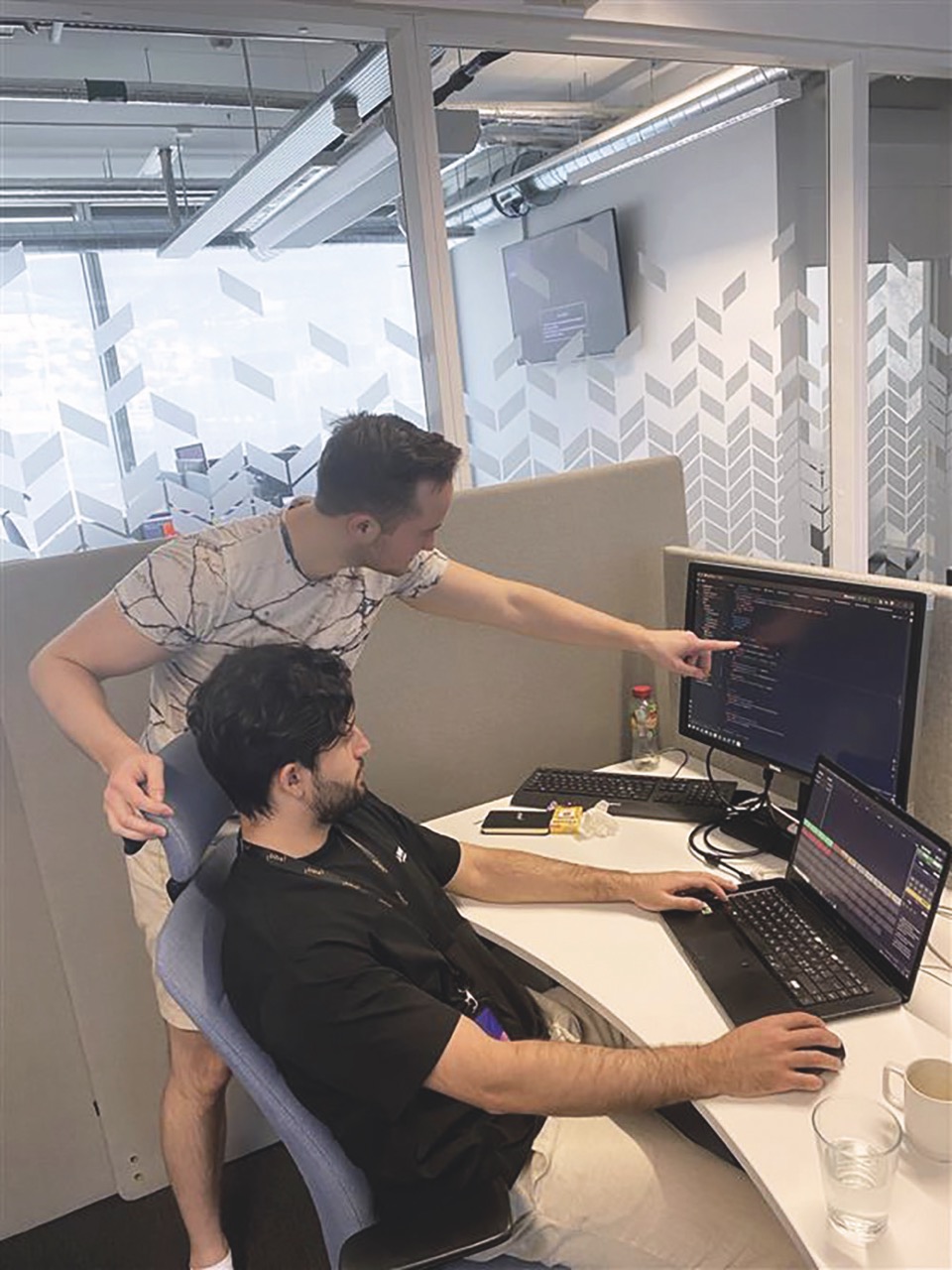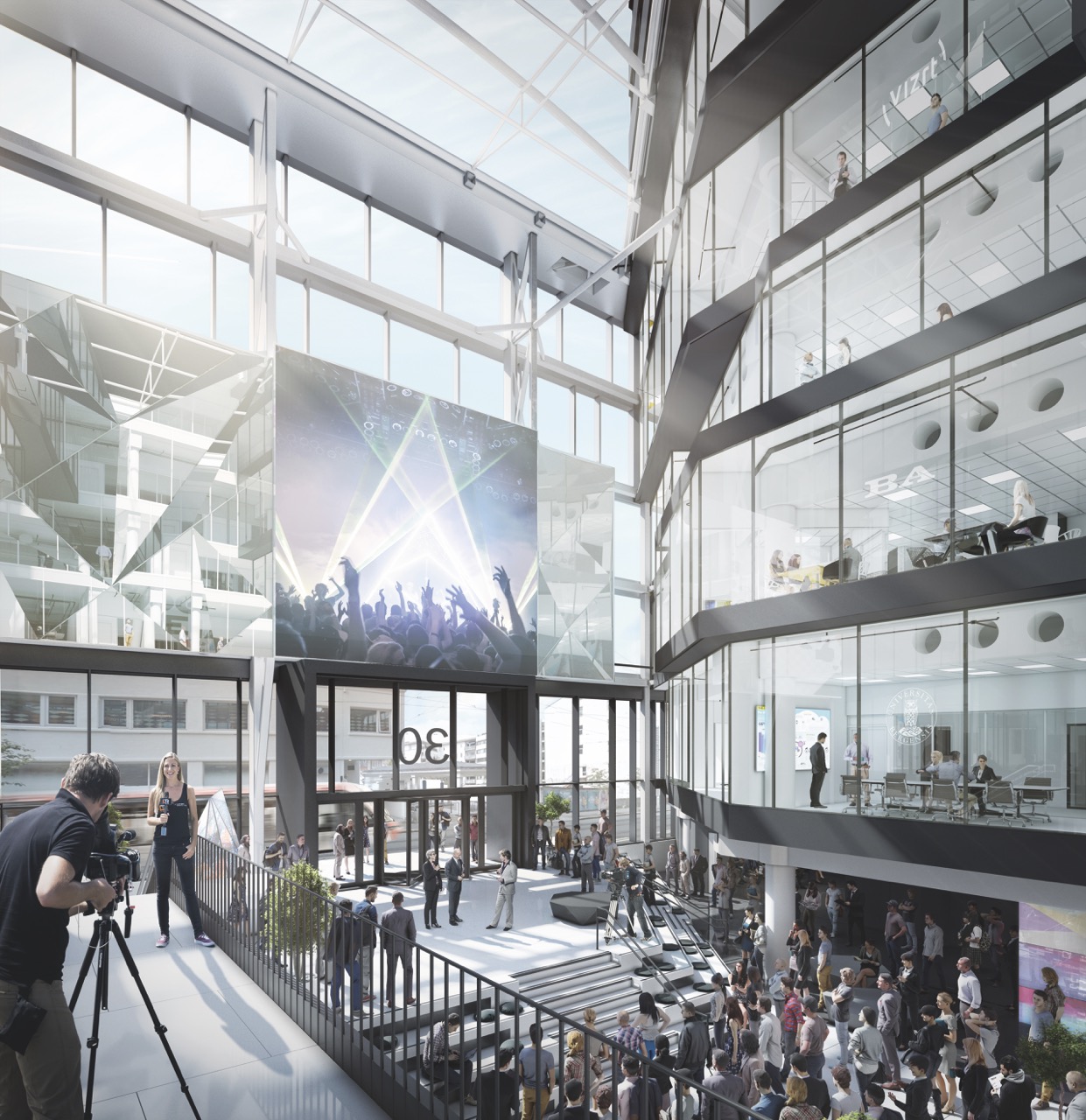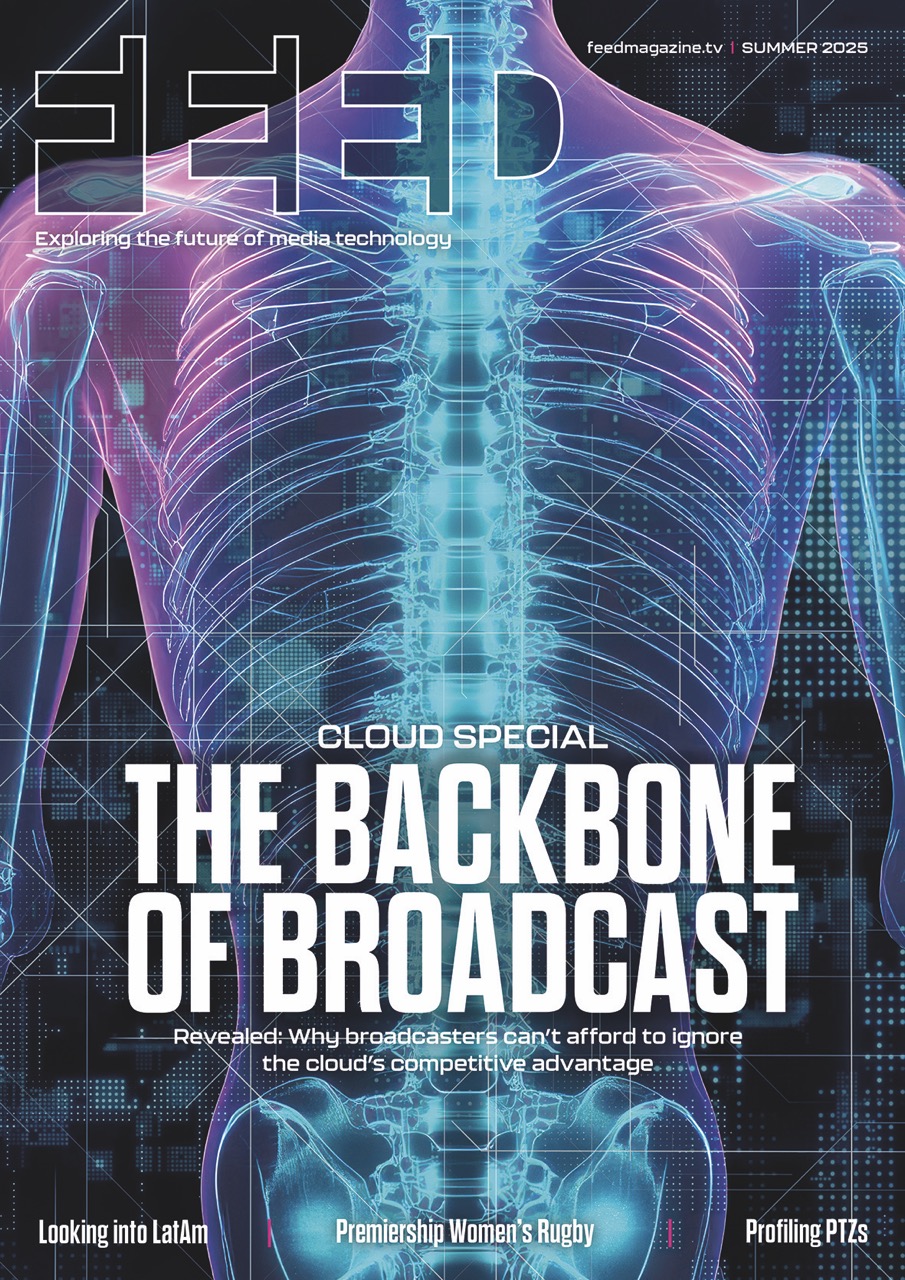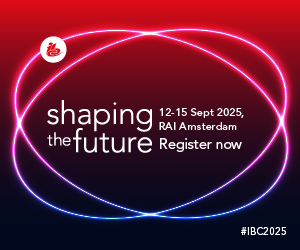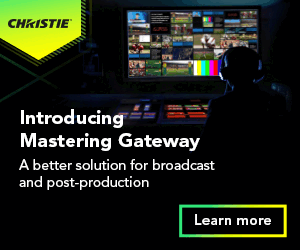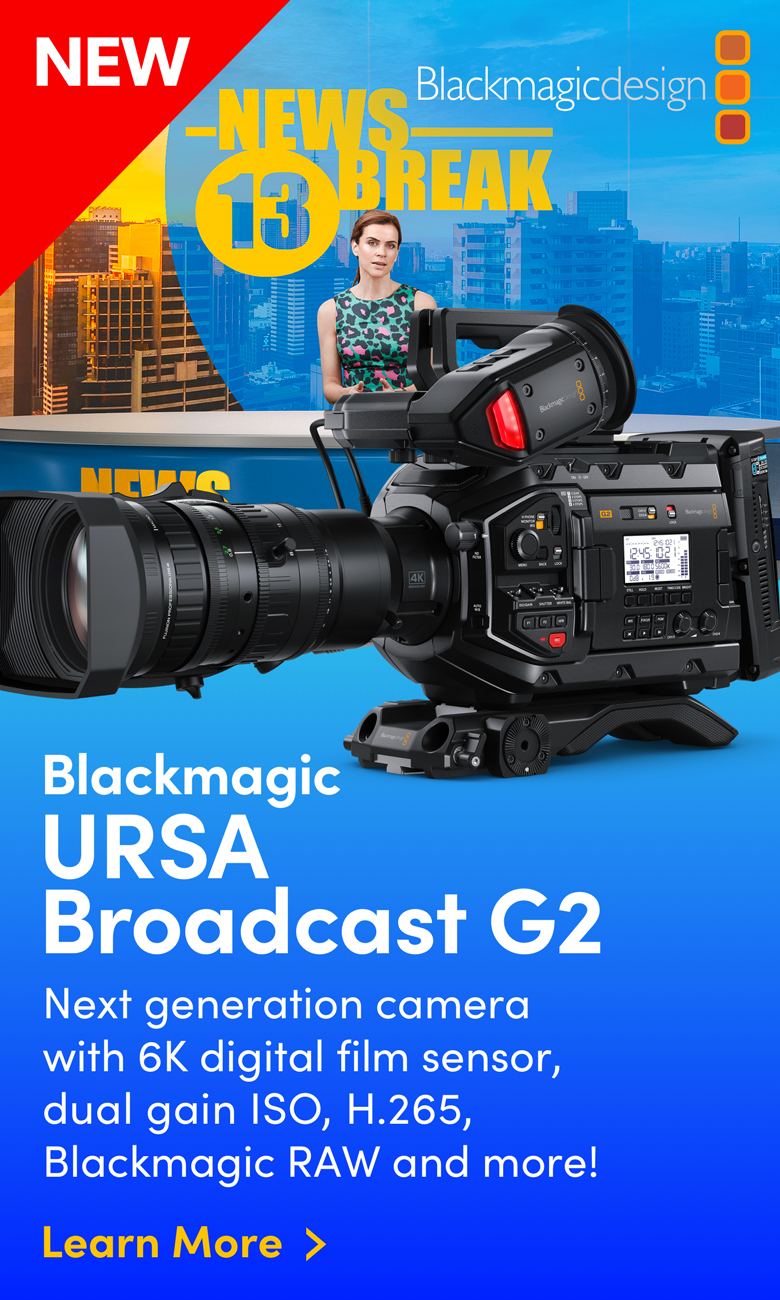Training Norway’s broadcast 2.0 generation
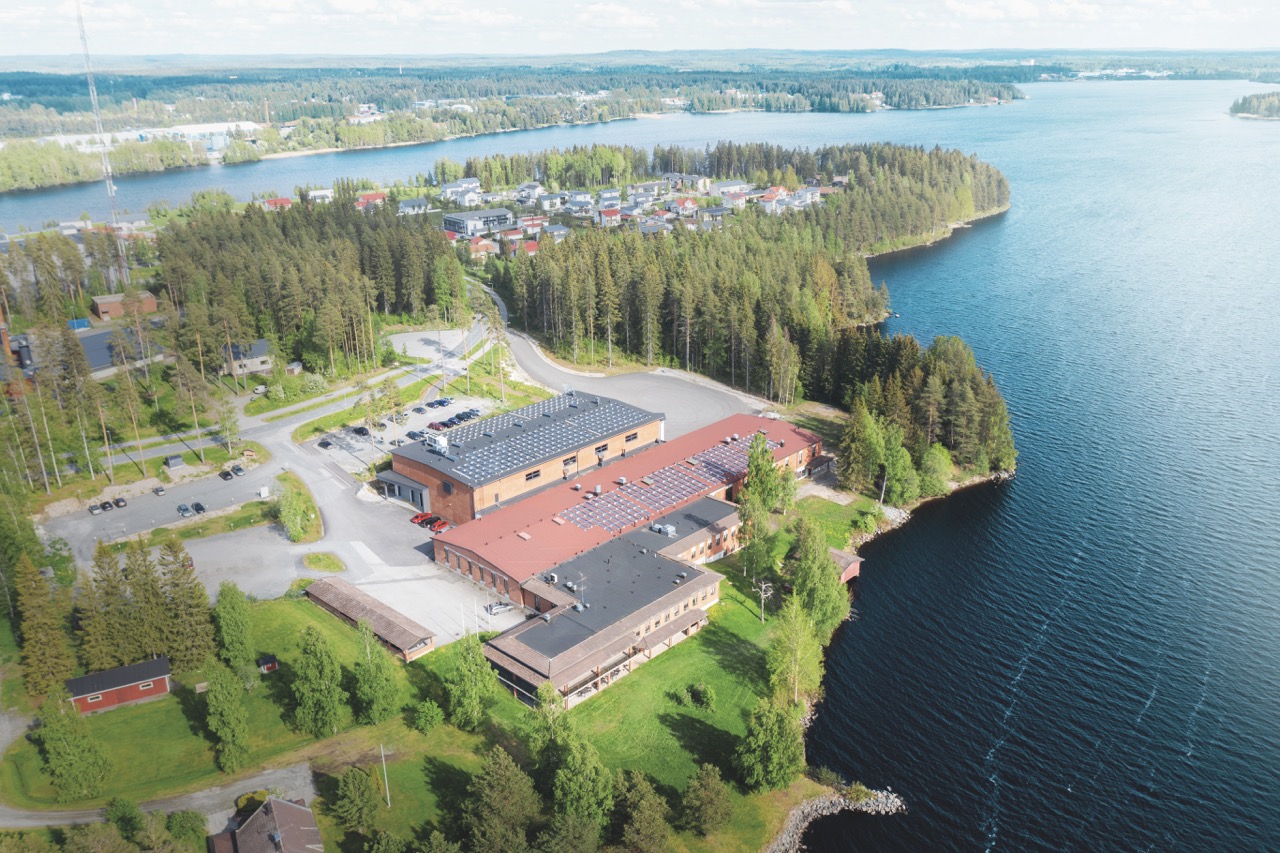
Posted on Feb 24, 2025 by FEED Staff
Vizrt is bringing local talent into its global offices to build the next generation of broadcast technologists
Words Neal Romanek | editorial director The Flint
As broadcast trends towards software-based systems, it also becomes more flexible, more fluid and more complex. This challenge is compounded by newcomers to the industry having to jump onto a moving train, with workflows and best practices in a state of flux. How do you bring in the next generation of media workers and train them for a job that is still in the process of being defined?
To tackle this problem, some tech companies are engaging with educational institutions to get more young people into the broadcast space – not just to fill gaps in the workforce but to plant the seeds for what will become the next new paradigm in broadcast: Broadcast 2.0.
“In a way, broadcast technology is an invisible industry,” explains Catherine Webb, Vizrt corporate and internal communications lead. “We need to educate, engage and make the career path visible to students so they know it’s a viable option.”
Partnering with education
Norwegian TV graphics mainstay Vizrt has always made training a priority. Its Viz University programme, which was started over a decade ago, offers customers, partners and freelancers a library of courses for upskilling and certification around its suite of tools. On top of this, the company operates an internship programme that serves as a pipeline for new talent.
Vizrt’s global internship programme is tailored to each of its global offices, which span 40 countries. Each region offers its own set of opportunities and challenges for engaging young people. In Norway, placements with businesses are often a feature of higher education, so the company can naturally engage with local universities near its headquarters in Bergen.
The internships start with a semester of working across Vizrt’s range of teams, from technology to marketing, to help the intern find the best fit for their interests and skills. Candidates are selected from relevant courses at partner universities, which might include UX design, software development, communications and marketing. Interns are then given the option to complete a project with Vizrt as their final bachelor thesis.
There are fewer broadcast-specific courses available at higher learning institutions than there were in the past. This reflects not only declining interest in these courses but also the changing nature of broadcast, as it becomes more a subset of the software and IT world. As a result, broadcast is now open to a variety of skill sets that have application across multiple industries.
Margrethe Berg Ohnstad was studying software development at Western Norway University of Applied Sciences when she completed her bachelor thesis project with Vizrt. She now works full-time as a software engineer for the company. Though the learning curve was steep, the position has opened up lots of opportunities.
“When I came in, I knew nothing about the broadcast industry,” says Berg. “After working at Vizrt for two years, I know a whole lot more, but that first year was pretty intense. A challenge we often have with entry-level developers is that they need at least a year to gain a broader understanding of the industry. By having interns or students do their bachelor projects with us, that process starts much earlier – which benefits both the student and us down the line.”
As broadcast technology loses its hyper-specialisation, it means those working in the industry can develop more transferable skills. While it’s possible for someone entering the industry today to blaze a path in the rapidly changing world of broadcast, they can also more easily switch to a new industry than previous generations of broadcast specialists.
“I know some broadcasters do their own in-house development,” says Berg, “but ultimately the skill set I have developed here is broad, and I don’t feel that experience in broadcast technology is limiting to my career at all. I can take what I’ve learnt here and go anywhere I want to.”
Generalists vs specialists
The breadth of Vizrt’s product portfolio reflects this horizontal expansion out of the traditionally narrow broadcast vertical. From being a top supplier to Tier 1 broadcasters, Vizrt now offers tools for broadcasters at every level – from YouTubers to companies delivering the world’s greatest live events. This also means that the talent Vizrt seeks must be able to turn their hand to a wide spectrum of solutions.
“We still want some product specialists,” explains Catherine Webb, “but we also want people who can be moved between different products that serve various markets, customers and verticals. Otherwise, we’re not flexible, and if we’re not flexible then we’re not fit for what the future holds.”
Is there a danger of broadcast becoming just another digital industry, akin to any software-based business? Not likely. Broadcast still has its own unique requirements that will stick around. The process of working with and delivering large video files alone requires its own specialist skills. But these will need to be applicable to a variety of situations in an industry that isn’t going to sit still.
“We need to trust that the new generation of technologists – the generalists – can learn the required specificities on the job,” says Webb. “People now know the processes, and how to simplify them, a lot better. They can provide better insights and make them fit for the future.”
This feature was first published in the Winter 2024 issue of FEED
